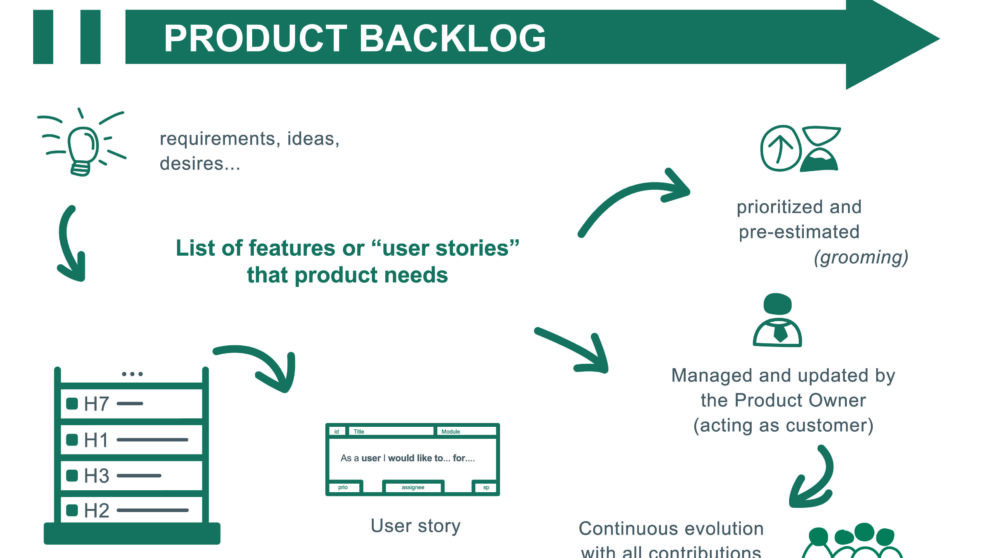User stories are one of the most important tools in agile development and software project management used to capture requirements. They are concise and informal, providing a brief description of a software feature from the perspective of the end-user and the functionality that would be most valuable to the customer. User stories ensure development teams gain a better understanding of what users want and need from the software, and how best to achieve them, ultimately ensuring the goals of the software project are met. A good user story will tell, the type of user, what they want and why, typically following the format “As a <type of user>, I want to <perform some action> so that I can <achieve some goal>.” This information helps in getting stakeholders on the same page regarding project requirements and can further assist in breaking down tasks for ease of management and estimation.
In writing a good user story, it is important to keep a few points in mind. The user story should be clear and specific enough to be valuable but not too specific that it can’t be divided into smaller tasks. To avoid mistakes, stories should not be based on assumptions of what the user wants, but on real data and feedback from different types of users, which is why it is important to think about every possible user that will be using the software and their needs. It helps to have the project manager or product owner write the user story, to ensure it accurately reflects the needs of the user and can be tracked and measured. Some other points to keep in mind include:
Ensuring technical details are not included in user stories.
Avoid listing every single detail of the desired feature.
Writing testable user stories to determine what successful implementation looks like.
Focusing on what the user wants to achieve, rather than how the feature is implemented.
There are several ways to prioritize user stories in order to capture essential features and functionality of the software product. In prioritizing, the project backlog is established and identified to deliver the functionality that is most important to the user on time without leaving out important features. Prioritization can be done based on business value, complexity, dependencies or project constraints (time, cost, scope). The business value method is based on a strategy known as MoSCoW, where stories are prioritized using Must-haves, Should-haves, Could-haves and Won’t-haves. Using the complexity matrix, prioritization can be done based on High value High complexity, High value Low complexity, Low value High complexity, Low value Low complexity. In some cases where dependencies exist and takes precedence over business value or complexity, the story that is independent of the other story must be completed first before the dependent story. But when multiple user stories are dependent on each other, an ordering system such as MoSCoW may need to be used for prioritization.
While there are no one-size-fits-all template for writing a good user story, there are a number of tools and technique that can assist in streamlining the process. A popular template is the user story map, an important tool that can help to visualise the user journey and identify functionality gaps. Another tool is Jira software, a well-known project management tool with agile frameworks such as Scrum and Kanban to track and manage user stories. Many other project management applications offer templates for user story customizations that can be used to match specific needs of a project, making them simpler and more efficient.
Throughout the project and the software development process user stories are continuously used as a guide to ensure shared understanding among stakeholders, track project progress and identify potential risks. The development team obtains their work and task list from stories that have been broken down into smaller manageable pieces and then deliver them incrementally. During testing and delivery, stories are compared with their acceptance criteria to determine conditions of satisfaction and ensure all the required functionality have been included in the software deliverable. When used effectively, user stories can improve communication and collaboration among teams as well as the overall quality of the software features delivered throughout the development and project process.
